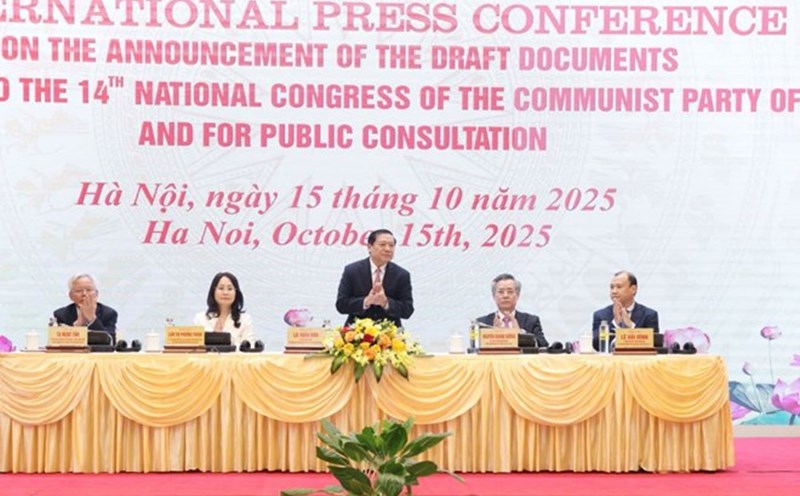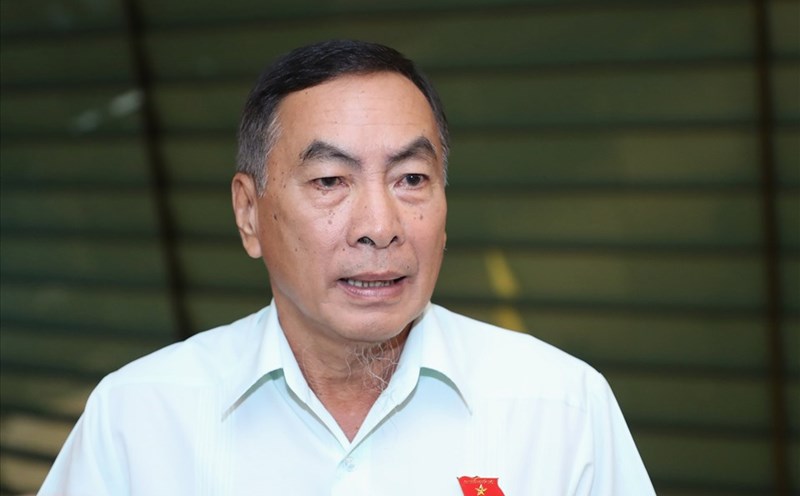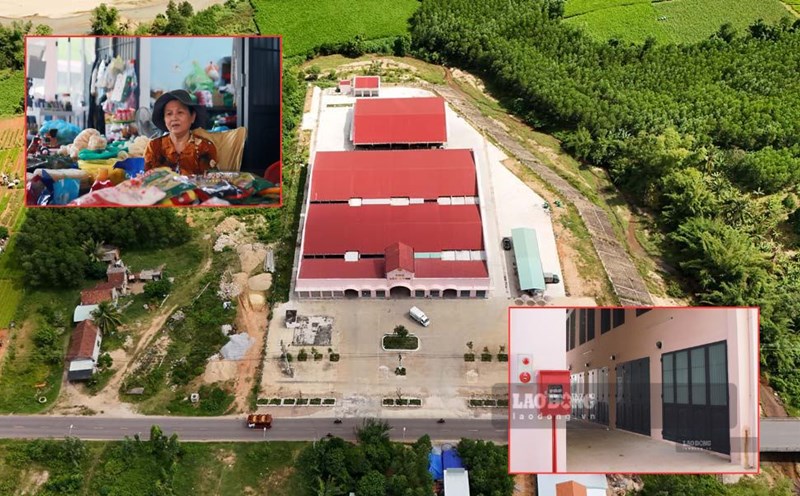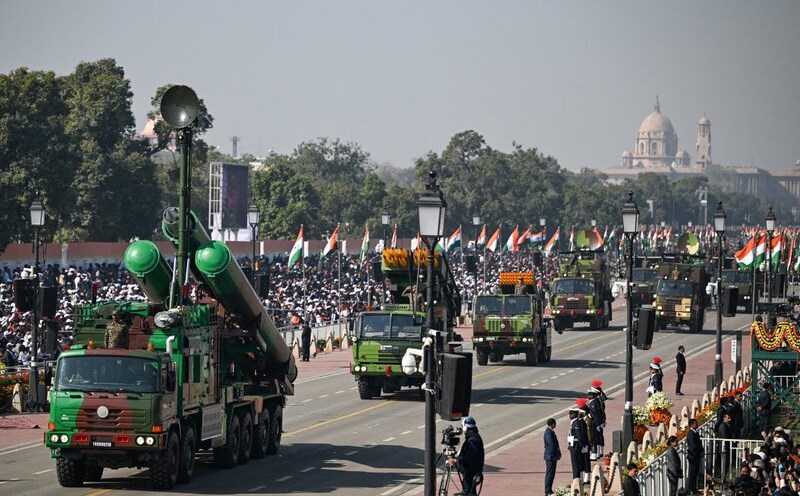Early implementation to connect domestic and international gold prices
According to Dr. Le Xuan Nghia, the establishment of a domestic gold exchange is an important step to help connect domestic gold prices with world prices, thereby eliminating the current huge gap.
"When domestic and international gold prices are close together, gold smuggling will no longer have opportunities, speculative activities and market manipulation will also be significantly limited" - Mr. Nghia commented.
He also believes that the gold exchange will help the State Bank better control the flow of gold and foreign currency, when all transactions are recorded transparently and promptly. At the same time, people will benefit directly from accessing gold prices close to the international market, no longer worried about being "pushed" by limited supply.
"Through the exchange, people know the daily transaction price. When buying gold, they can rest assured about the origin, no longer being questioned by authorities. The State also has enough data to manage taxes more transparently" - Dr. Nghia added.
The three-phase roadmap is suitable for Vietnam's conditions
Assessing the implementation roadmap, according to Mr. Nghia, the three-phase plan from imported raw gold trading, expansion to gold bars, and moving towards a modern centralized gold exchange according to international practices proposed by the State Bank is reasonable and in line with Vietnamese practice. However, in the final stage, Vietnam should aim to trade gold certificates instead of physical gold to reduce storage costs and delivery risks.
The Vietnamese market is still small, the testing and measurement tools are not synchronous, while the demand for gold is very high. Therefore, we should refer to the Chinese model, where the gold exchange uses international prices as a basis for daily listing to ensure updatedness and transparency - Mr. Nghia proposed.
According to experts, the key factor for gold exchanges to operate effectively is publicity and transparency of information. All auctions, transaction prices, transaction volumes and market trends must be publicly announced on the exchange to avoid speculation and price manipulation risks.
In addition, he emphasized the need to build a clear, quick gold monitoring and storage system and have a regular inspection mechanism to ensure trust for people and businesses.
Regarding technical infrastructure, Dr. Le Xuan Nghia said that there is currently no need to invest in a technology system that is too large, because the participants are mainly large customers or professional investors.
Information technology, databases and technical systems - both hardware and software - have been fully prepared by the State. The important thing is to strengthen regular inspection and supervision to ensure a safe and transparent operating floor" - Mr. Nghia emphasized.
According to experts, when the gold exchange officially comes into operation, the market will enter a new phase - more transparent and modern, contributing to stabilizing the exchange rate, reducing super import pressure and strengthening people's confidence in monetary policy.
Many countries control gold flow through trading floors
India launched the International Gold Exchange (IIBX) of India in mid-2022 in GIFT City, Gujarat state. This is the first international gold exchange of the second largest gold consumer in the world. IIBX's goal is very clear: Bringing gold import and trading activities domestically, reducing dependence on international intermediaries, while creating a transparent price that truly reflects actual supply and demand in the Indian market.
China's Shanghai Gold Exchange (SGE) is the world's largest gold exchange in terms of trading volume, with thousands of tons of gold traded each year. SGE has opened more branches in the Hong Kong Special Administrative Region (China) and launched gold contracts paid in yuan, allowing foreign investors to participate. Sending part of the gold valuation to its currency helps China gradually reduce the influence of the USD in precious metals trade.
The Dubai Commodity and Gold Exchange (DGCX) is considered the largest gold transit point in the Middle East - a bridge between African gold mines and Asian gold miners. Every year, thousands of tons of gold are delivered through warehouses in Dubai. DGCX is strongly developing gold futures contracts, helping the regional market have a similar price risk hedge tool to COMEX in the US, while strengthening the role of the UAE as a global financial - gold center.
Turkey also built the Borsa Istanbul gold exchange as part of a strategy to strengthen foreign exchange reserves and stabilize the domestic market. Thanks to the centralized trading mechanism, Borsa Istanbul helps the State better control gold flows and reduce the gap between domestic and international gold prices. Song Minh











